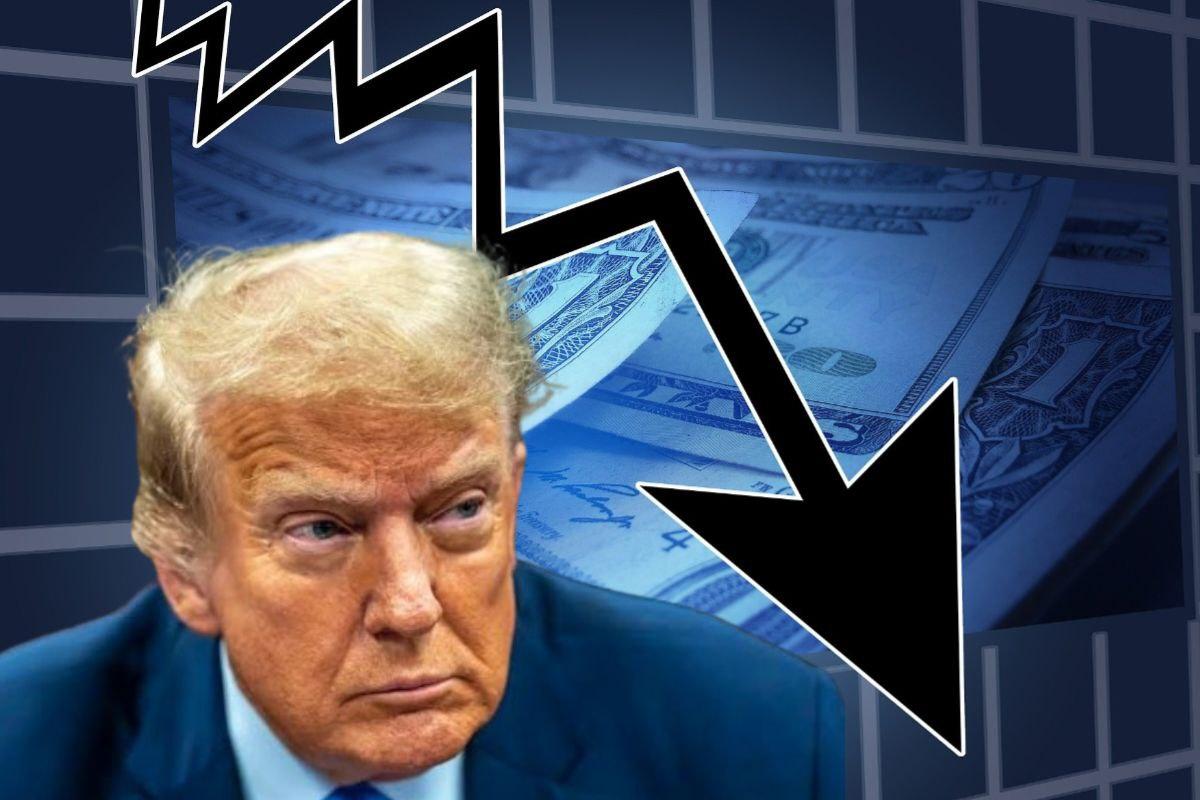
The recent decision by U.S. President Donald Trump to impose a 25% additional tariff on Indian imports has sparked serious tension between the two countries. This move, which effectively raises the total tariff on Indian goods to 50%, comes in response to India’s continued oil trade with Russia amid the ongoing Ukraine war. While Trump aims to pressure India for aligning with Russia, experts warn that this strategy could have serious repercussions for the U.S. economy itself.
Why Is Trump Upset With India?
Following the start of the Russia-Ukraine war in 2022, both India and China began purchasing crude oil from Russia at discounted prices. For India, this strategy helped secure its energy needs and maintain stable fuel prices for its 1.4 billion people. As of now, 36% of India’s crude oil imports come from Russia — the highest share from any country.
President Trump, however, believes that India’s oil purchases are indirectly funding Russia’s war effort. His administration has therefore decided to penalize Indian exports with an additional 25% tariff — on top of the existing 25%, taking the total to a massive 50%. This would make Indian goods some of the most heavily taxed in the U.S. market.
The Economic Danger for America
The real danger, according to economists, may lie not with India — but with the U.S. economy itself. Clayton Siegel, a trade expert at an American think tank, has warned that placing such steep tariffs on major trading partners like India and China could backfire.
Last year alone, the U.S. imported goods worth $526 billion from India and China combined. A 50% tariff on Indian products would likely result in a sharp price rise across multiple sectors in the American market.
Giovanni Staunovo, a commodities strategist at UBS Wealth Management, highlighted that products like the iPhone — now increasingly manufactured in India — would become significantly more expensive. American consumers would have to bear the brunt of these price hikes, potentially leading to dissatisfaction and economic strain.
The Risk of Rising Oil Prices
Trump’s strategy, aimed at weakening Russia’s oil export economy, could also create a global oil shock. Russia currently exports around 7 million barrels of crude oil and refined products per day. If large buyers like India and China reduce their purchases under U.S. pressure, it would lead to a supply shortage, pushing global oil prices higher.
Staunovo estimates that crude prices could shoot up to $120 per barrel or more in such a scenario. While the U.S. is a major oil producer, it still imports significant amounts of crude. A surge in oil prices would translate into higher fuel costs domestically, triggering inflation and making everything from transport to manufacturing more expensive.
Two-Way Economic Blowback
Trump’s tariff strategy risks harming the U.S. economy in two key ways:
Higher Consumer Prices: Everyday goods like clothing, electronics, jewelry, and smartphones imported from India and China would become costlier, weakening consumer purchasing power.
Increased Business Costs: If oil prices surge due to global supply disruptions, transportation and manufacturing costs in the U.S. would rise. This would not only impact businesses but also fuel overall inflation.
According to Clayton Siegel, increased tariffs could push American businesses into deeper cost burdens, potentially weakening competitiveness and triggering job losses in sensitive sectors.
India’s Firm Response
India has responded assertively to Trump’s move. The Ministry of External Affairs stated that India’s oil imports from Russia are necessary to meet the energy needs of its population. It also reminded the U.S. that Washington itself had earlier encouraged India to buy Russian oil to help stabilize global oil prices.
India has made it clear that it will take all necessary steps to safeguard its national interest and energy security, dismissing Trump’s threats as unjustified.
What Lies Ahead?
Experts believe that Trump’s tariff announcement may primarily be a pressure tactic, as he has used similar strategies in the past — notably with China. After imposing steep tariffs, negotiations followed, and some duties were later rolled back.
India currently has a 21-day window to engage in diplomatic talks with the U.S. before the new tariffs officially come into force. If the tariffs are indeed implemented, American consumers and businesses may be the ones feeling the economic heat first.
Conclusion
Trump’s aggressive tariff push is clearly a diplomatic challenge for India. But the greater risk may lie within the U.S. economy. From inflation to higher import costs and public backlash, the consequences could be far-reaching.
While geopolitical pressure may be the intent, the reality is that both sides have a lot to lose — and in America’s case, perhaps even more. Only time will tell whether this move is a calculated strategy or a costly misstep.




